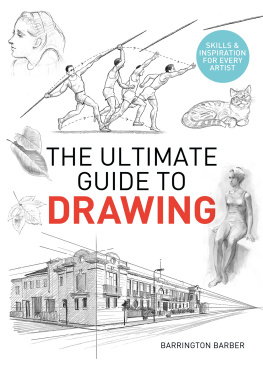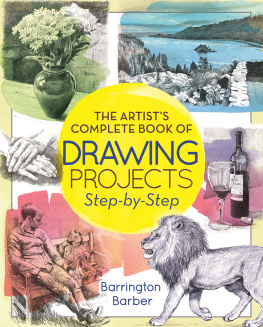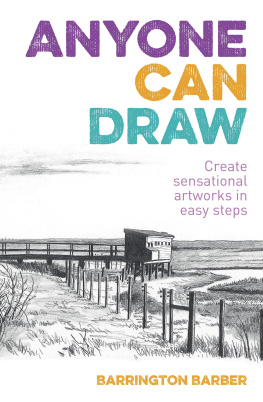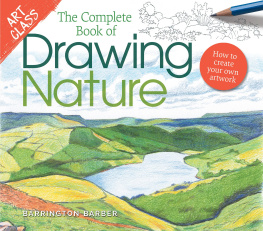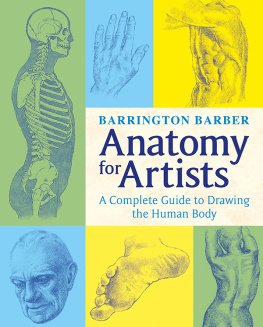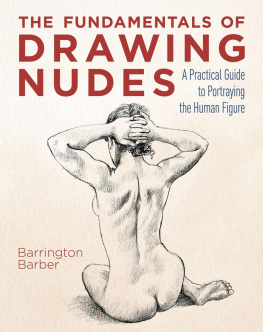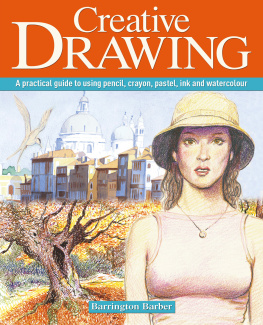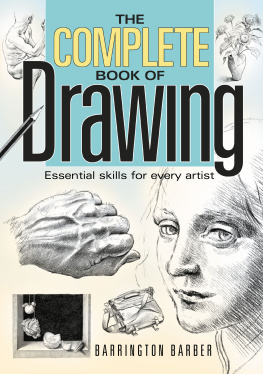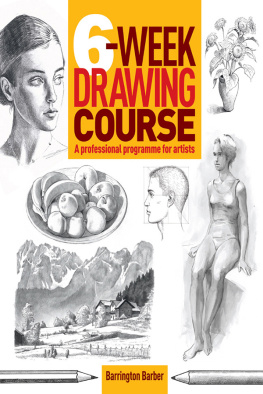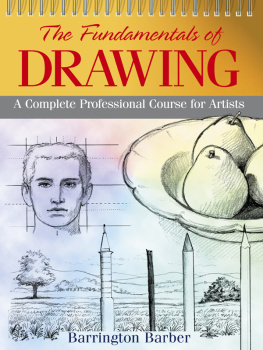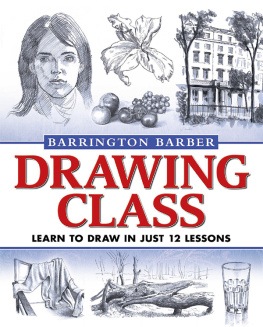
Introduction
The human figure is both the hardest and yet most satisfying subject to draw and no artist ever really exhausts its possibilities. However, if you are trying to teach yourself, discipline and an eye for detail will take you a long way. The best way to start is by observing people carefully: the way they move, sit and stand and how they look in different lights and from different angles. The great figurative artists studied the human form for their entire lives without reaching a limit with it, so theres plenty of scope!

Being a human oneself loads the artist with all kinds of preconceptions, which can make it very difficult to see a way through to making the first marks on paper. However, some elementary knowledge of anatomy is ours already: we know generally how we are put together; how to move various parts of ourselves; and we know the difference between feeling tense and relaxed. With observation, practice and concentration, we are only a short distance from translating this knowledge into line and tone.
It is good to study the various styles and techniques of other artists but there is no substitute for your own response to something as infinitely fascinating as the human figure. Life drawing is
the best way to learn how to do this, and in this book we look at how you can make the most of the experience of drawing the human figure directly.
Materials
Any medium is valid for drawing figures from life and I have shown a range of possibilities here and later in the book. You probably dont need to buy all the items listed below, and it is wise to experiment gradually. Start with the range of pencils suggested, and when you feel you would like to try something different, do so. For paper, I suggest starting with a medium-weight cartridge paper.

Pencils
HB B 2B 4B

Cont charcoal pencil

White carbon pencil


Graphite pencils

Fine line pen

Fine nib push pen

White chalk

Cont stick

Willow charcoal

No 5 sable brush

No 2 nylon brush

Scraper-board tool

Clutch pencil with silver wire point
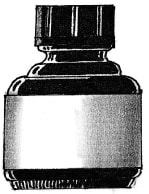
Drawing ink
Life Drawing Classes
The human body is a most subtle and difficult thing to draw and you will learn more from a few lessons in front of a nude model than you ever could when drawing from photographs.

In most urban areas, life classes are not too difficult to come by and if there is an adult education college or an art school that offers part-time courses it would be an excellent way in which to improve your drawing. Even professional artists will attend life classes whenever possible, unless they can afford their own models. These classes are however limited to people over the age of 16 because of the presence of a nude model. One advantage is that there is usually a highly qualified artist teaching the course. The dedication and helpfulness of most of these teachers will enable you to gradually improve your drawing step by step, and the additional advantage of working with other students, from beginners to quite skilful practitioners, will encourage your work.
Working at a board or easel
If you dont have an easel and are sitting with the board propped up, the pencil should be at about shoulder height and you should have a clear view of the drawing area.
The best way to draw is standing up, but you will need an easel for this.
There should be plenty of distance between you and the drawing. This allows the arm, wrist and hand to move freely and gives you a clearer view of what you are doing. Step back every few minutes so you can see the drawing more objectively.
Keep your grip easy and dont be afraid to adjust it. Dont have a fixed way of drawing.

Using the paper
Try to work as large as possible from the beginning. The larger you draw the easier it is to correct. Aim to gradually increase the size of your drawing until you are working on an A2 sheet of paper and can fill it with one drawing.
You will have to invest in an A2 drawing board for working with A2 paper. You can either buy one or make one out of quarter-inch thick MDF. Any surface will do, so long as it is smooth under the paper; masking tape, paper clips or Blu-Tack can be used to secure the paper to the board.


Holding the pencil
Your inclination will probably be to hold the pencil like a pen. Try holding it like a brush or a stick. Keep the grip loose. You will produce better marks on the paper if your grip is relaxed and there is no tension in your hand or arm.
Next page

